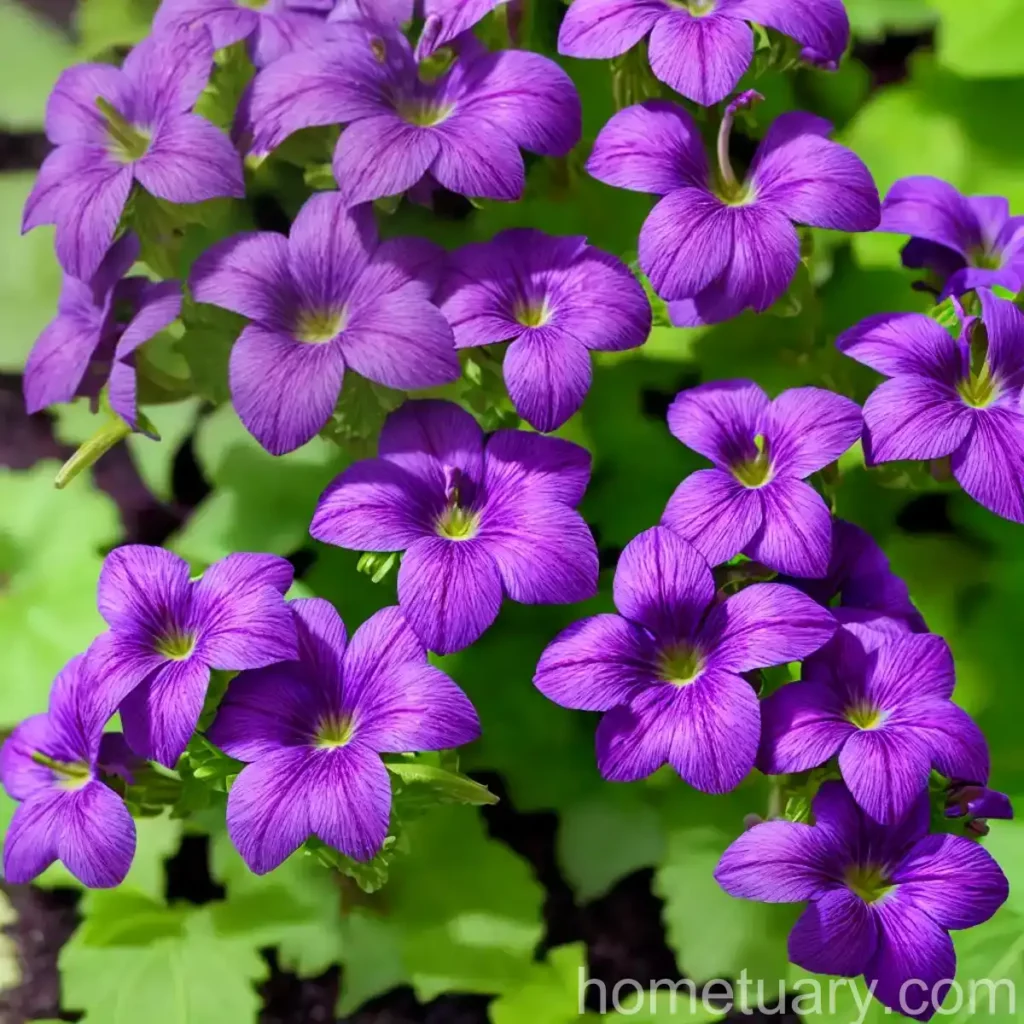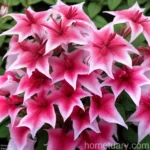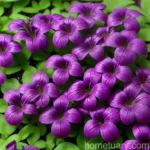All About Lobelia (Lobelia ‘Grape Knee-Hi’)
Lobelia ‘Grape Knee-Hi’ is a stunning perennial plant that belongs to the Lobelia plant family. This variety is known for its beautiful, vibrant purple flowers and its ability to attract pollinators like butterflies and hummingbirds. In this comprehensive guide, we will explore everything you need to know about the culture, uses, maintenance, and propagation of the Lobelia ‘Grape Knee-Hi’.
Key Takeaways
Lobelia ‘Grape Knee-Hi’ is a beautiful perennial plant known for its vibrant purple flowers. This variety is easy to grow and maintain, making it a popular choice for gardens and landscapes. When cared for properly, Lobelia ‘Grape Knee-Hi’ can thrive in a variety of settings, including containers and hanging baskets.
Culture
- The culture of Lobelia ‘Grape Knee-Hi’ involves creating the ideal environment for the plant to thrive. This includes providing the right amount of water, sunlight, and fertilizer, as well as ensuring proper soil conditions.
Uses
- Lobelia ‘Grape Knee-Hi’ is commonly used in gardens, landscapes, and containers to add a pop of vibrant color. The plant is also known for its ability to attract pollinators, making it a valuable addition to any garden.
Water
- Proper watering is crucial for the health of Lobelia ‘Grape Knee-Hi’. While the plant enjoys consistently moist soil, it’s important to avoid overwatering, which can lead to root rot.
Sunlight
- Lobelia ‘Grape Knee-Hi’ thrives in partial to full sunlight. Providing the plant with adequate sunlight is essential for promoting healthy growth and abundant flowering.
Fertilizer
- Regular fertilization is important for the optimal growth of Lobelia ‘Grape Knee-Hi’. Using a balanced, water-soluble fertilizer can help provide the nutrients the plant needs to flourish.
Soil
- Well-draining, humus-rich soil is ideal for Lobelia ‘Grape Knee-Hi’. The plant thrives in soil that is slightly acidic and has good moisture retention.
Pruning
- Pruning helps maintain the shape and appearance of Lobelia ‘Grape Knee-Hi’. Regular deadheading of spent flowers can also encourage continuous blooming.
Propagation
- Lobelia ‘Grape Knee-Hi’ can be propagated through seeds or stem cuttings. Both methods can be successful when done in the right conditions.
Container Popularity
- Due to its compact size and cascading growth habit, Lobelia ‘Grape Knee-Hi’ is a popular choice for container gardening. The plant performs well in hanging baskets and mixed container arrangements.
Common Diseases and Pests
Common Diseases
- Lobelia ‘Grape Knee-Hi’ is susceptible to mildew and rot, especially in poorly ventilated and over-watered conditions.
Disease Diagnosis
- Signs of disease in Lobelia ‘Grape Knee-Hi’ may include yellowing leaves, wilting, and the presence of mold or mildew on the foliage.
Common Pests
- Aphids and slugs are common pests that can affect Lobelia ‘Grape Knee-Hi’. Keeping the plant healthy and maintaining good air circulation can help prevent pest infestations.
Botanist’s Tips
- When planting Lobelia ‘Grape Knee-Hi’, it’s essential to provide well-draining soil and avoid waterlogged conditions. Additionally, regular deadheading and pruning can promote continuous blooming and maintain the plant’s appearance.
Fun Facts
- Lobelia ‘Grape Knee-Hi’ is named after the botanist Matthias de l’Obel, who was a prominent figure in the field of herbal medicine and plant classification.
As we delve deeper into the world of Lobelia ‘Grape Knee-Hi’, let’s explore its characteristics, cultivation, and the efforts to conserve its plant species.
Characteristics of Lobelia ‘Grape Knee-Hi’
Lobelia ‘Grape Knee-Hi’ is characterized by its vibrant purple flowers, which bloom profusely from late spring to early fall. The plant exhibits a cascading growth habit, making it ideal for hanging baskets, mixed containers, and garden borders.
Cultivation of Lobelia ‘Grape Knee-Hi’
- Lobelia ‘Grape Knee-Hi’ thrives in temperate climates and prefers cool, moist conditions. While the plant is considered a perennial in some regions, it may be grown as an annual in areas with harsh winters.
Conservation of Lobelia Plant Species
- Efforts are being made to conserve and protect various species of the Lobelia plant, including ‘Grape Knee-Hi’, to ensure their survival for future generations. Conservation initiatives focus on preserving natural habitats and genetic diversity.
Links to External Resources
For more information on Lobelia ‘Grape Knee-Hi’ and other varieties of Lobelia plants, you can explore the following resources:
- Royal Horticultural Society – Lobelia Culture and Uses
- The American Phytopathological Society – Common Diseases of Lobelia
- University of Minnesota Extension – Managing Pests in Gardens
- Plant Conservation at the Botanic Gardens Conservation International
We hope this guide to Lobelia ‘Grape Knee-Hi’ has provided valuable insights into the care, cultivation, and appreciation of this beautiful plant. Whether you’re a seasoned gardener or a novice plant enthusiast, Lobelia ‘Grape Knee-Hi’ is sure to captivate you with its stunning blooms and easy-going nature. Happy gardening!















